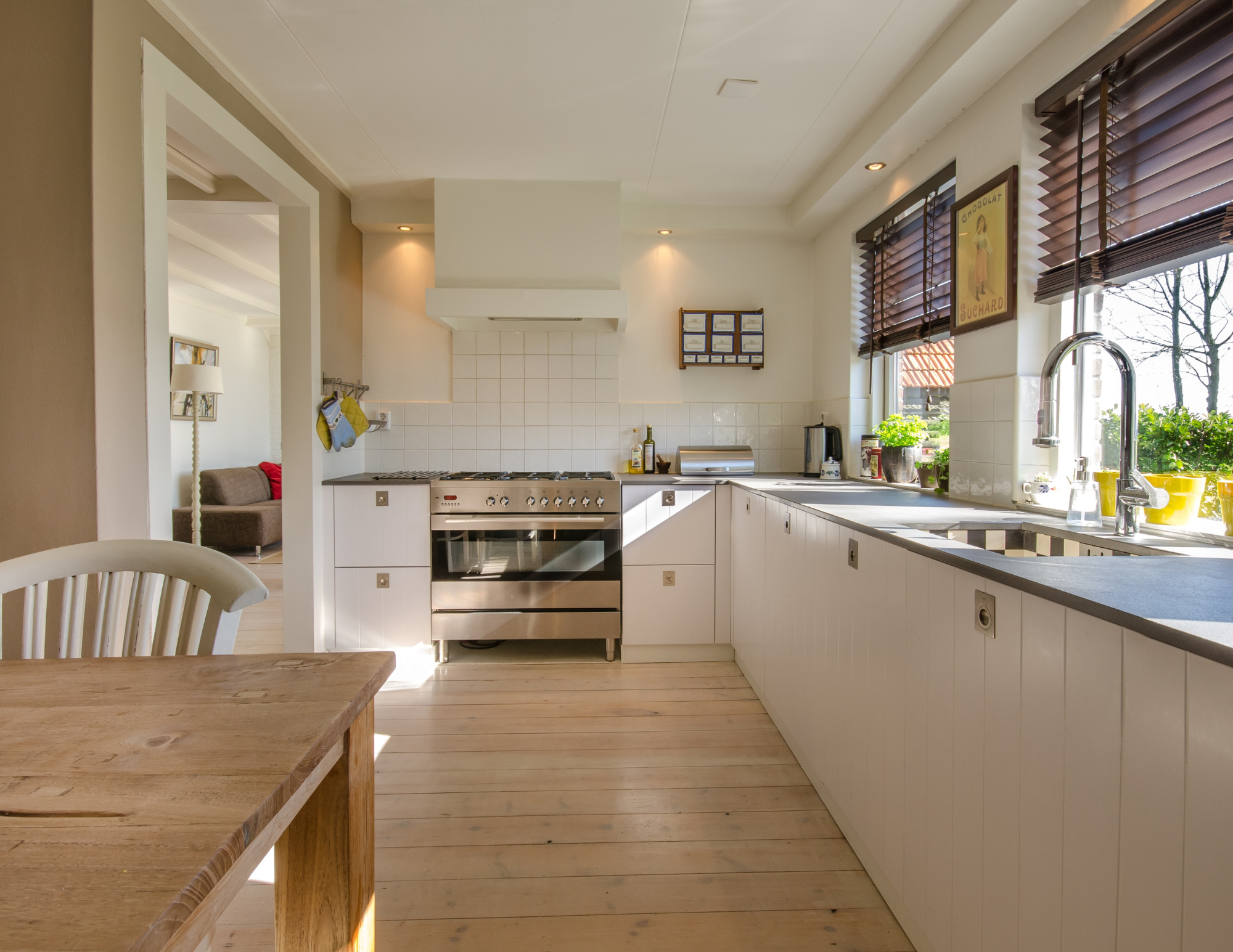The Top 10 Eco-Friendly Materials for Your Home
Designing a home with sustainability in mind is not just a trend—it’s a necessity. As more homeowners seek to reduce their environmental impact, choosing eco-friendly materials has become a key priority. Whether you're remodeling, decorating, or building from scratch, selecting sustainable materials can create a home that is both stylish and responsible.
We’ll explore the top 10 eco-friendly materials for your home, their benefits, and how they contribute to a cleaner, healthier space.
1. Bamboo
Bamboo is one of the fastest-growing plants on Earth, making it an incredibly sustainable resource. It regenerates quickly and requires minimal water and no pesticides to grow. Because of its natural strength and flexibility, bamboo is an excellent alternative to traditional hardwoods. Additionally, bamboo sequesters more carbon dioxide from the air compared to many other plants, helping to reduce greenhouse gases.
Best Uses:
Flooring
Furniture
Countertops
2. Reclaimed Wood
Reclaimed wood repurposes old materials, reducing the need for new tree harvesting. It also adds a rustic charm and character to interiors. By reusing wood, we decrease deforestation and landfill waste, making it a highly sustainable choice. Furthermore, reclaimed wood often has superior durability due to its age and prior exposure to different environmental conditions.
Best Uses:
Flooring
Wall paneling
Furniture
3. Recycled Glass
Recycled glass countertops and tiles help divert waste from landfills while offering a modern, sleek look. The production of recycled glass materials requires less energy than new glass, reducing overall carbon emissions. Additionally, it is highly durable, stain-resistant, and easy to clean, making it a long-lasting and stylish choice for eco-conscious homeowners.
Best Uses:
Flooring
Wall paneling
Furniture
4. Cork
Cork is harvested from the bark of cork oak trees without harming the tree. This makes it a renewable, biodegradable, and hypoallergenic material. Since cork trees continue to grow after harvest, they contribute to carbon absorption, benefiting the environment. Additionally, cork is naturally antimicrobial, fire-resistant, and provides excellent insulation for both sound and temperature.
Best Uses:
Flooring
Wall coverings
5. Recycled Metal
Using recycled metal reduces mining demand, cuts energy consumption, and decreases landfill waste. Metals like aluminum and steel are infinitely recyclable, meaning they can be repurposed multiple times without losing quality. Additionally, recycled metal products are often more durable and resistant to wear and tear compared to their newly manufactured counterparts.
Best Uses:
Countertops
Backsplashes
Light fixtures
6. Low-VOC Paints and Finishes
Traditional paints release volatile organic compounds (VOCs) that contribute to indoor air pollution. Low-VOC and zero-VOC paints are safer for your health and the environment. These paints help improve indoor air quality by reducing harmful chemical emissions, which can cause respiratory issues. Additionally, many brands now offer low-VOC options in a variety of colors and finishes, ensuring beauty without compromise.
Best Uses:
Interior walls
Furniture refinishing
Cabinets
7. Organic Cotton and Hemp Fabrics
Organic cotton and hemp are grown without harmful pesticides, making them healthier choices for upholstery, bedding, and curtains. They are biodegradable and require significantly less water to grow than conventional cotton. Additionally, hemp is naturally resistant to pests and mold, making it an excellent choice for long-lasting, eco-friendly textiles.
Best Uses:
Furniture refinishing
Cabinets
8. Wool Insulation
Wool insulation is a non-toxic, renewable alternative to fiberglass insulation, offering excellent thermal performance. It naturally absorbs moisture without losing its insulating properties, preventing mold growth. Furthermore, wool is biodegradable and requires minimal energy to produce compared to synthetic insulation materials, making it an environmentally responsible choice.
Best Uses:
Flooring
Countertops
9. Terrazzo
Made from recycled chips of marble, glass, and stone, terrazzo is a stylish and sustainable choice for flooring and countertops. It reduces the need for new raw materials while providing a highly durable and low-maintenance surface. Because of its long lifespan, terrazzo minimizes replacement waste, making it an eco-friendly and cost-effective investment.
Best Uses:
Flooring
Countertops
10. Clay Plaster
Clay plaster is a natural, non-toxic wall finish that regulates humidity and improves indoor air quality. Unlike conventional drywall, clay plaster is completely biodegradable and does not emit harmful chemicals. Additionally, it provides a unique, earthy aesthetic while helping to maintain comfortable indoor temperatures year-round.
Best Uses:
Interior walls
Decorative accents
How to Choose Eco-Friendly Materials That Are Both Beautiful and Durable 💡
Look for Certifications – Materials with FSC, Cradle to Cradle, or GreenGuard certifications ensure sustainability and safety.
Assess Longevity – Choose materials that are durable and require minimal maintenance. 🔨
Consider Aesthetic Appeal – Sustainable doesn’t mean boring! Many eco-friendly materials come in a variety of colors, textures, and finishes.
Prioritize Local Sourcing – Reduce carbon footprint by sourcing materials from local suppliers. 🚛
Final Thoughts: Eco-Friendly Materials
Eco-friendly materials are a smart investment for both your home and the environment. By selecting sustainable options, you can create a stylish, healthy, and responsible living space. Choosing eco-friendly materials not only benefits the planet but also enhances the overall comfort and longevity of your home.
👉 Ready to Make Your Home More Eco-Friendly? Contact Go Green Fine Interiors for an expert consultation on designing a space that evolves with you!
📩 Leave a Comment Below: What’s your favorite eco-friendly material?










